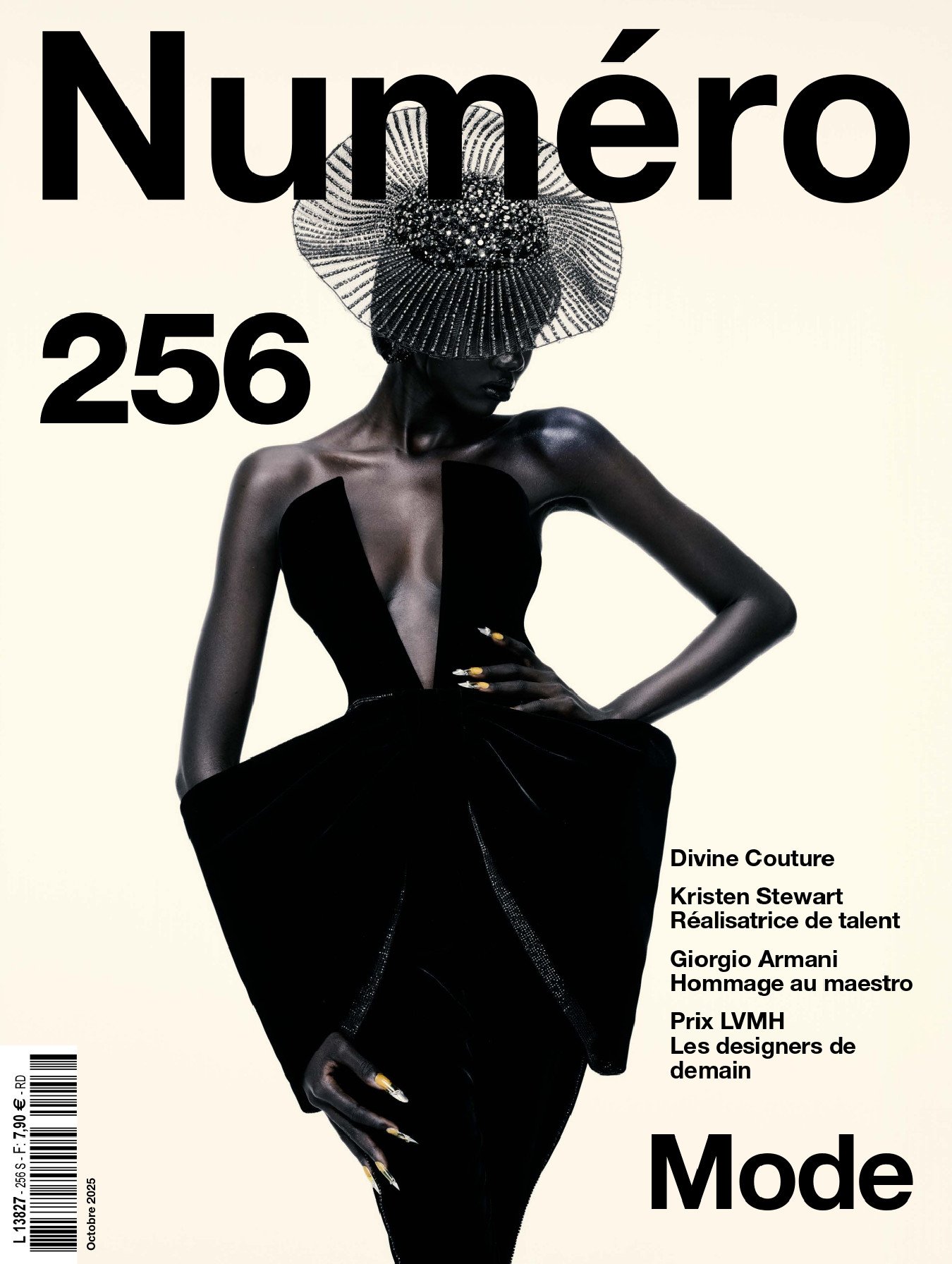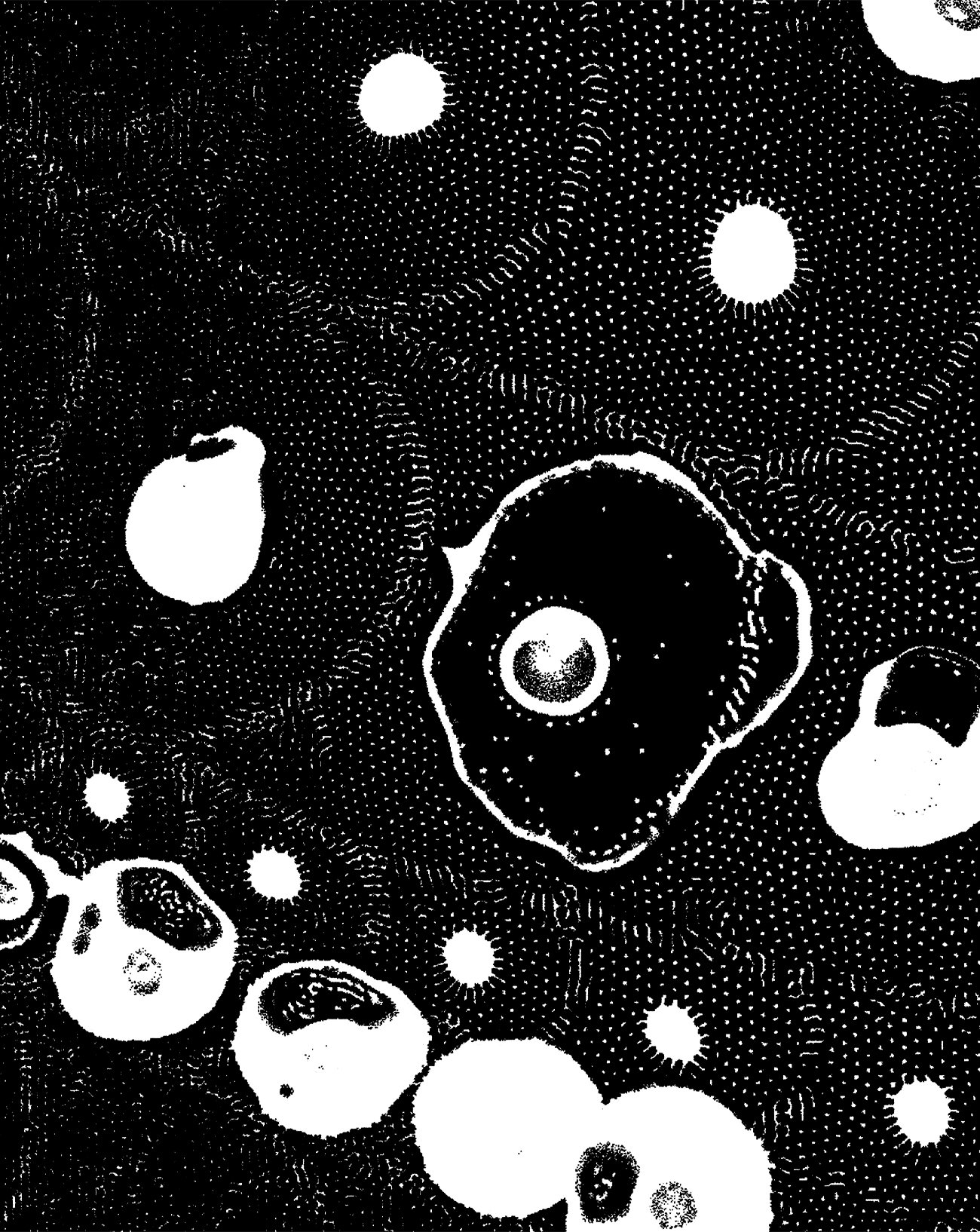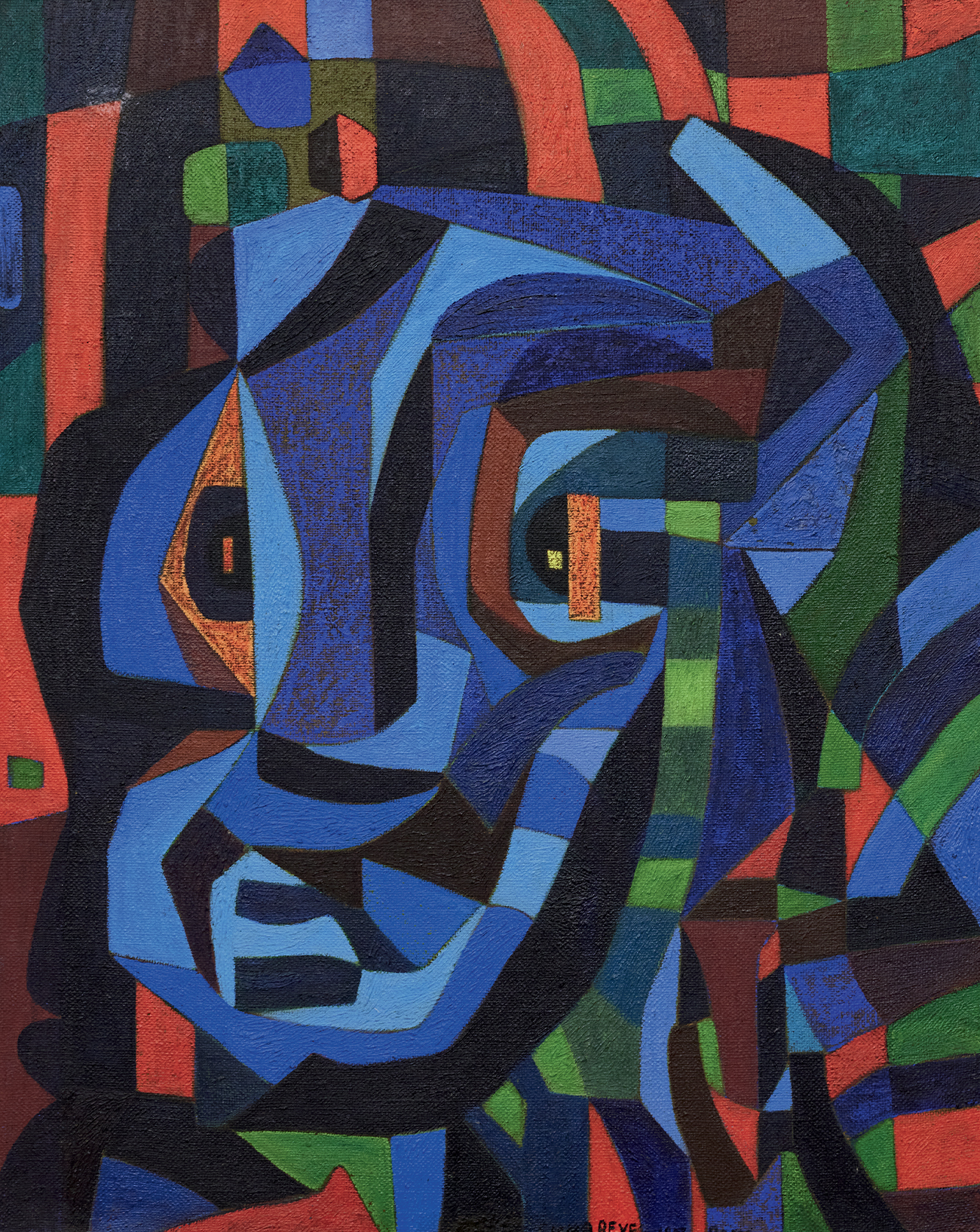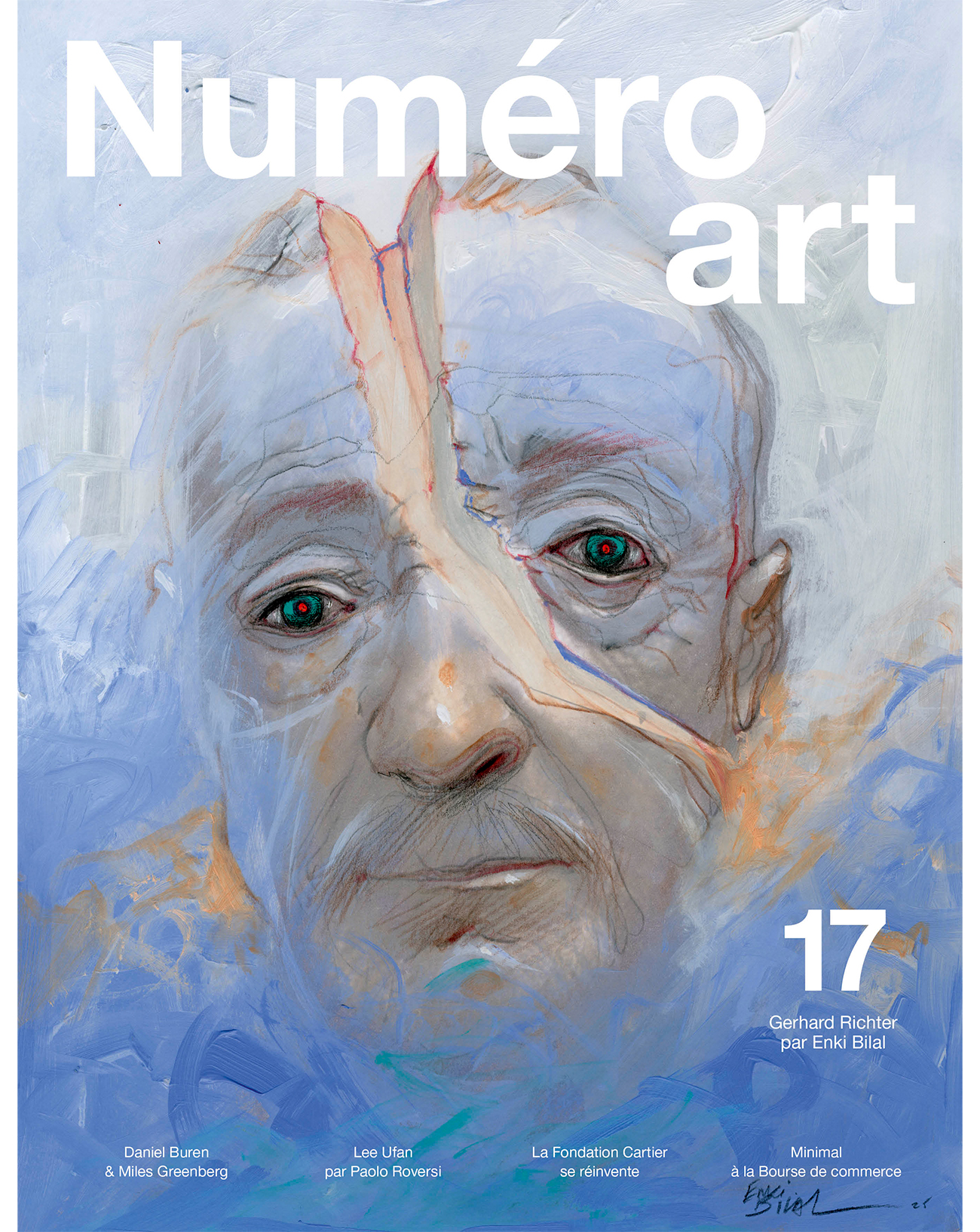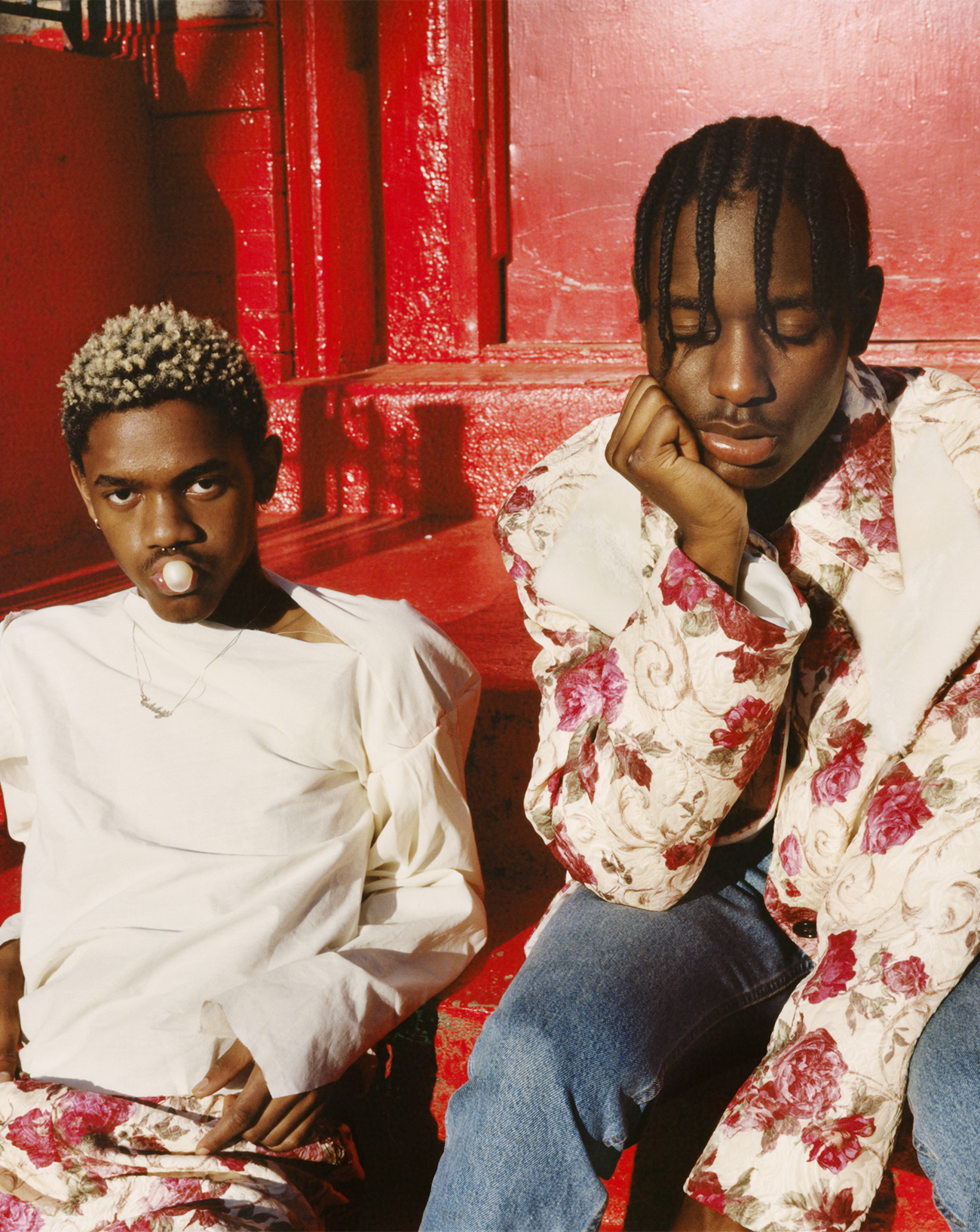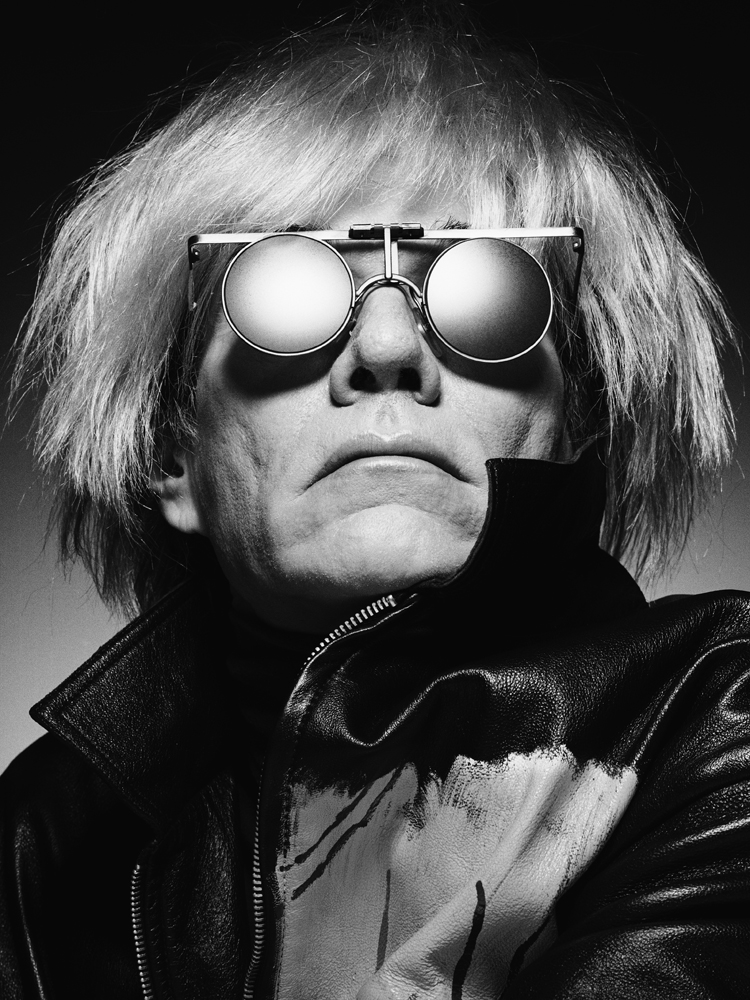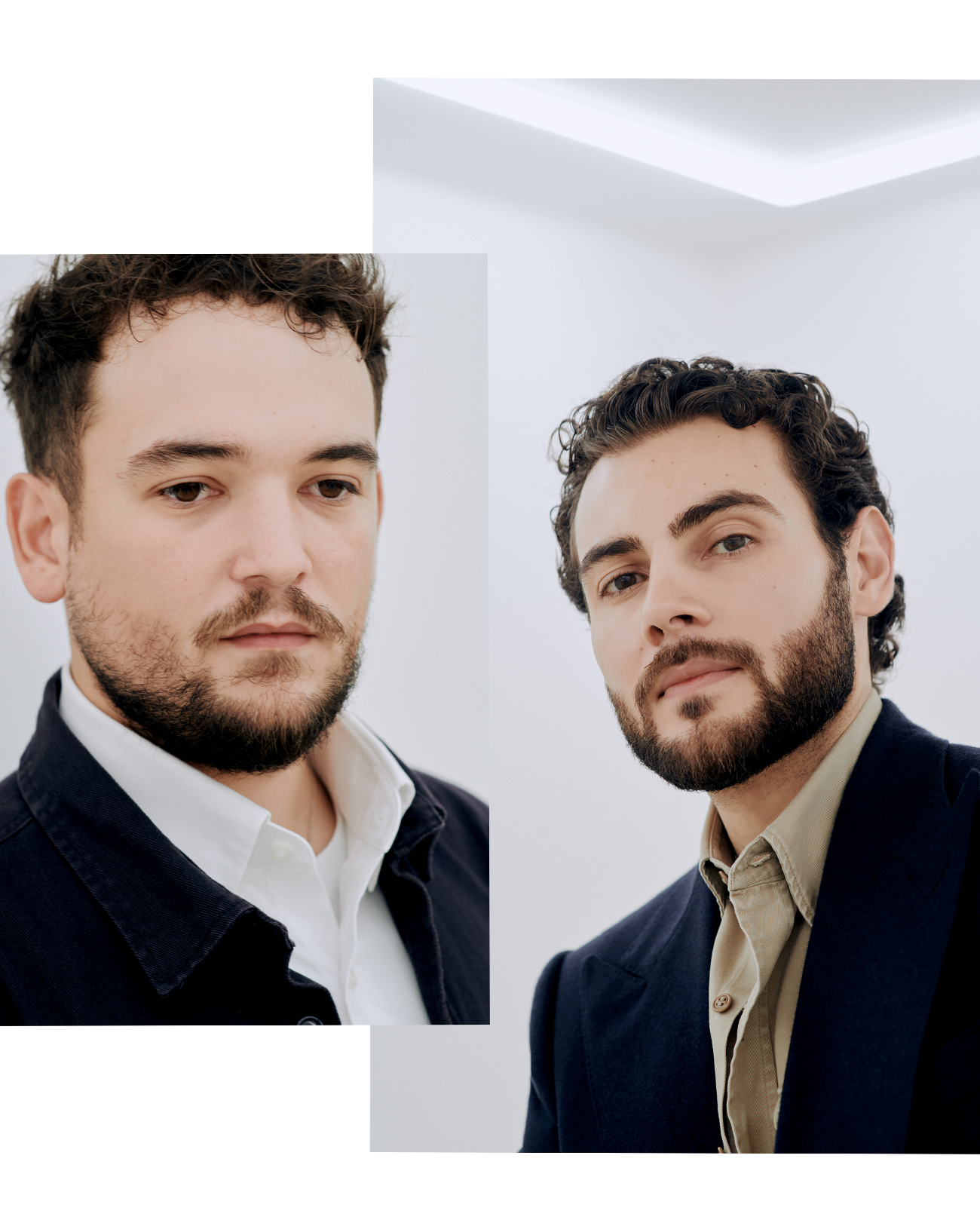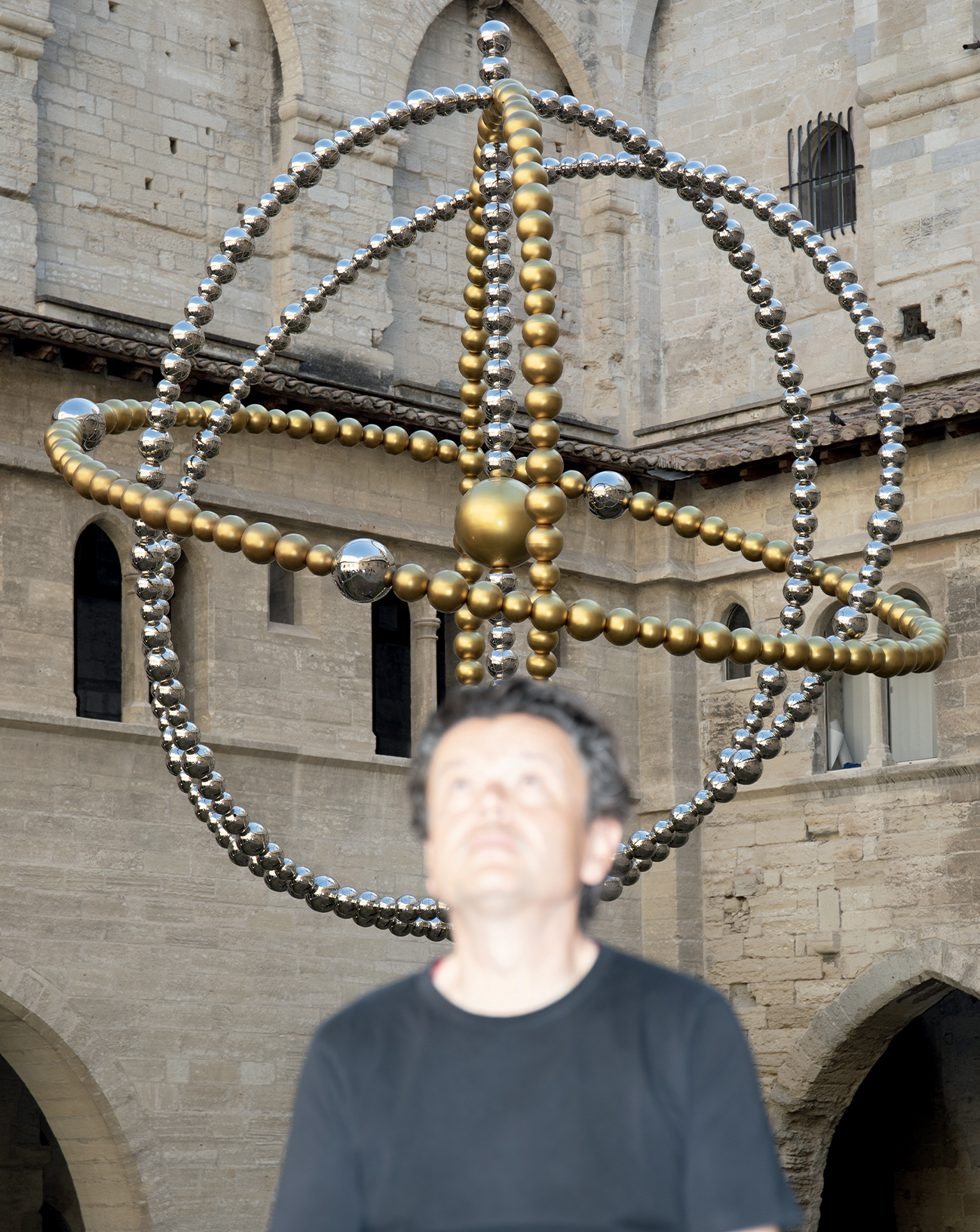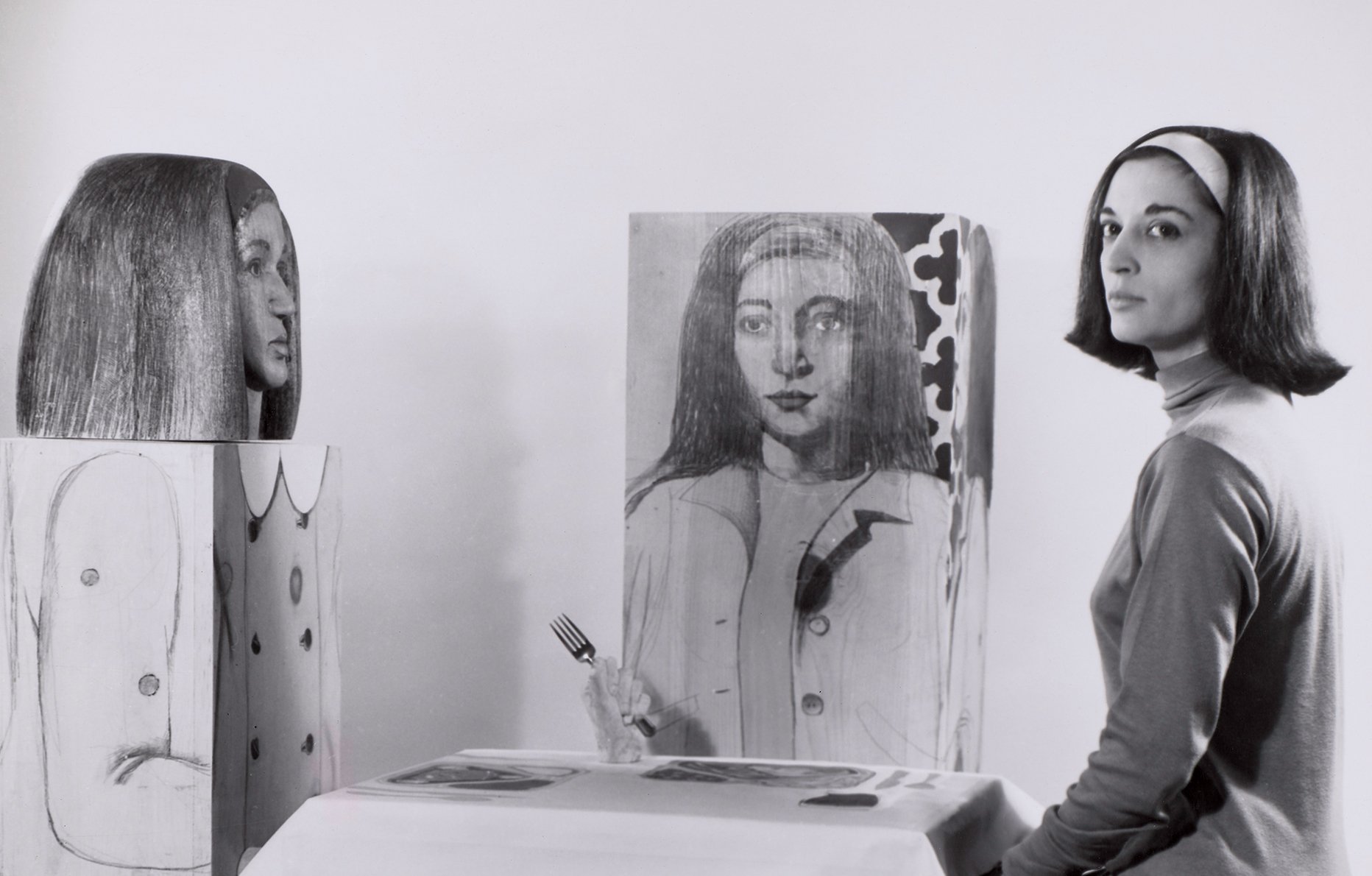
16
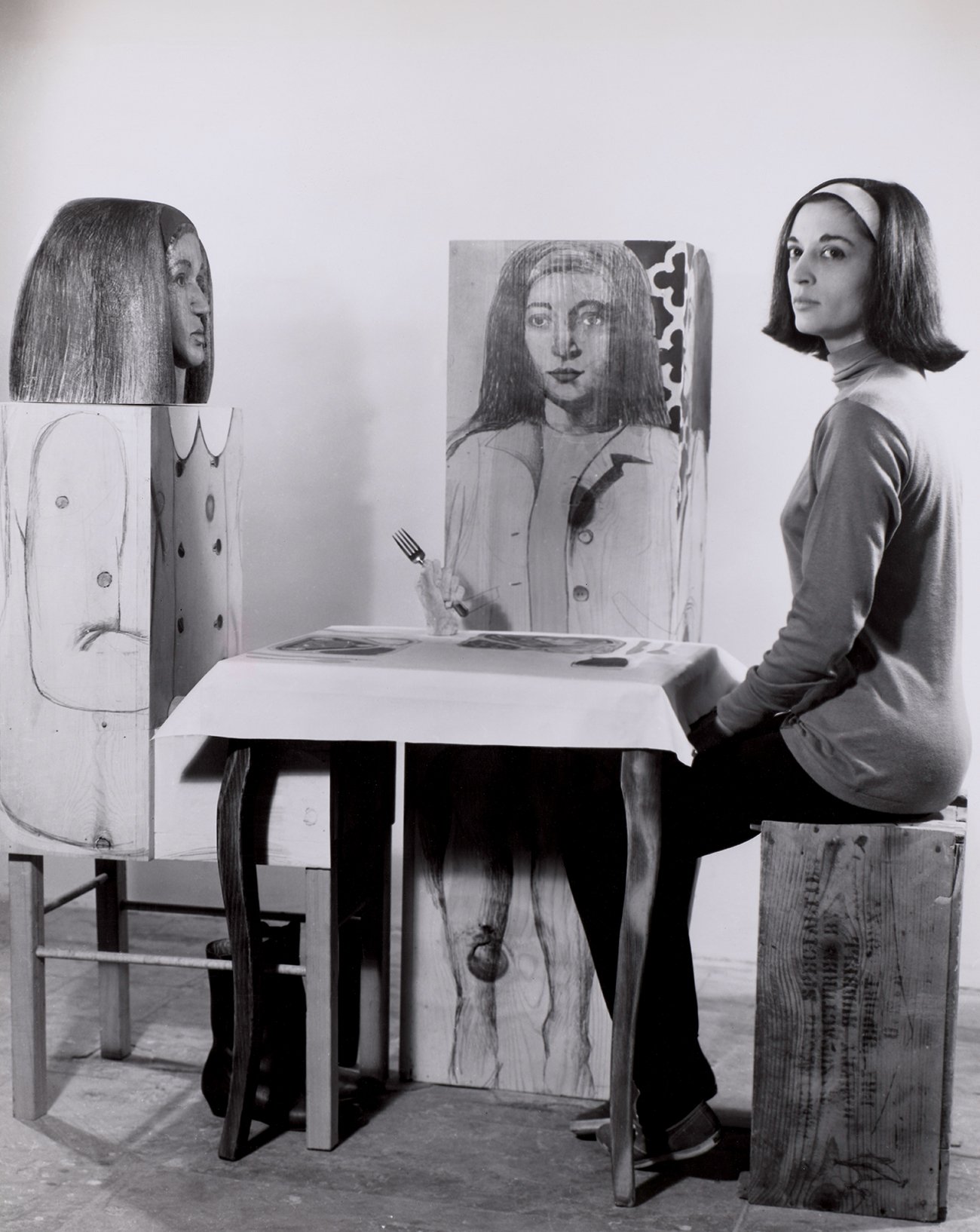
16
Fondation Louis Vuitton: look back at the work of Marisol, fashion icon and pop art figure
An enormously influential figure on the 1960s art scene, Marisol crossed paths with Andy Warhol, and suddenly found herself labelled a Pop artist – which may have done her more harm than good. While she shares Pop’s mockery of societal expectations, her work goes much further, marked as it is by her deep distrust of appearances and her horror of social conventions. As the Fondation Louis Vuitton dedicates a retrospective to her until February 25, 2024, Numéro takes a look back at the career and work of one of the greatest fashion icons of the 60s.
by Éric Troncy.
Published on 16 October 2024. Updated on 29 October 2024.
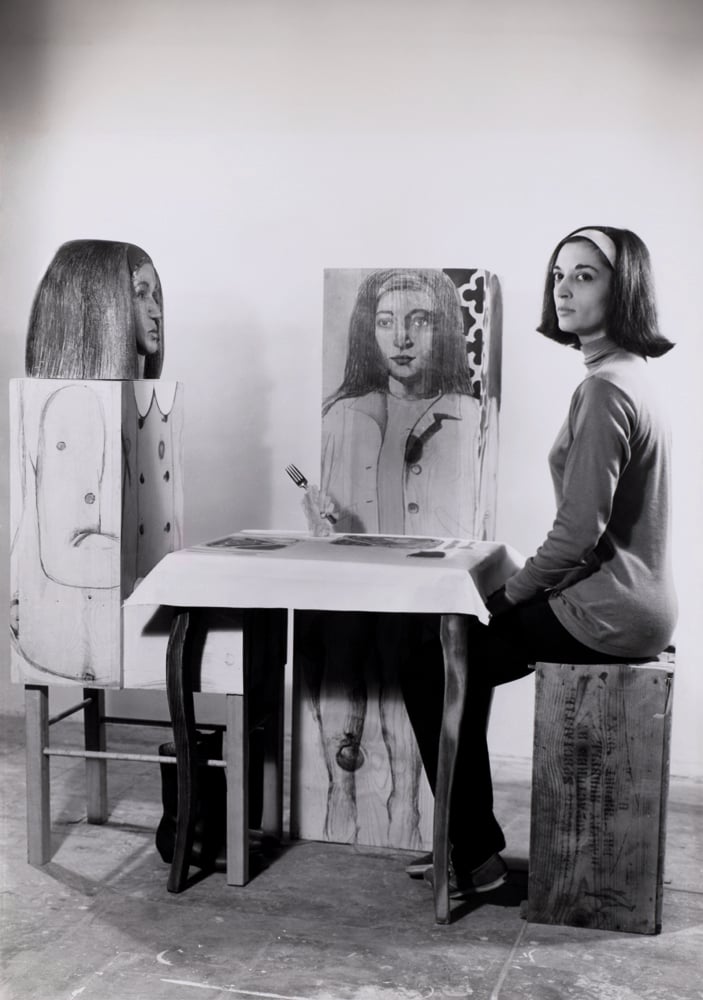
Marisol, the first glamorous female artist
In the 1960s she was a cover girl and fashion icon whom Andy Warhol – who cast her in two of his films, and whom she portrayed in sculpture form – described as “the first girl artist with glamour.” Her popularity went well beyond the confines of the art world, yet by the 1970s her star was on the wane. “In the 1960s, she had more press and more visibility than Andy Warhol,” wrote William Grimes in his 2016 New York Times obituary, recalling that, when asked in 1964 how she would like to be remembered by the public and critics, she replied, “I don’t care what they think.”
A sculpture she made in 1963 will soon be on view in the exhibition Pop Forever, Tom Wesselmann &… at Paris’s Fondation Louis Vuitton (opening 16 October); commissioned by Life magazine in 1962, the work depicts John Wayne astride a galloping red horse, and featured on the cover of a special issue about the actor.
“It started as a kind of rebellion. I was very sad myself and the people I met were so depressing. I started doing something funny so that I would become happier – and it worked.”
Marisol
She was born María Sol Escobar, in 1930, to globetrotting Venezuelan parents, and spent her childhood between Paris and Caracas. When she was barely eleven, her mother killed herself, after which she shut herself up in a silence that she would not break until she turned 20. “I decided never to talk again. I really didn’t talk for years except for what was absolutely necessary in school and on the street. Silence had become such a habit that I really had nothing to say to anybody.”
In 1949, she spent a year studying at Paris’s École des Beaux-Arts, but soon escaped to New York where she joined the Art Students League. During her time there, she was particularly influenced by the teaching of the Japanese painter and engraver Yasuo Kuniyoshi, whose work fused realism with the imaginary. Following the avant-garde tendencies of the time, María began painting Abstract Expressionist canvases and frequenting the Cedar Tavern, where all the young painters hung out, and where she befriended Willem De Kooning.
Nonetheless, she found them all a little gloomy… A visit to an exhibition of pre-Columbian art in Mexico City overturned her previous certainties, leading her to abandon Abstract Expressionism for figurative sculpture. “It started as a kind of rebellion,” she told The New York Times in 1965. “Everything was so serious. I was very sad myself and the people I met were so depressing. I started doing something funny so that I would become happier – and it worked.”
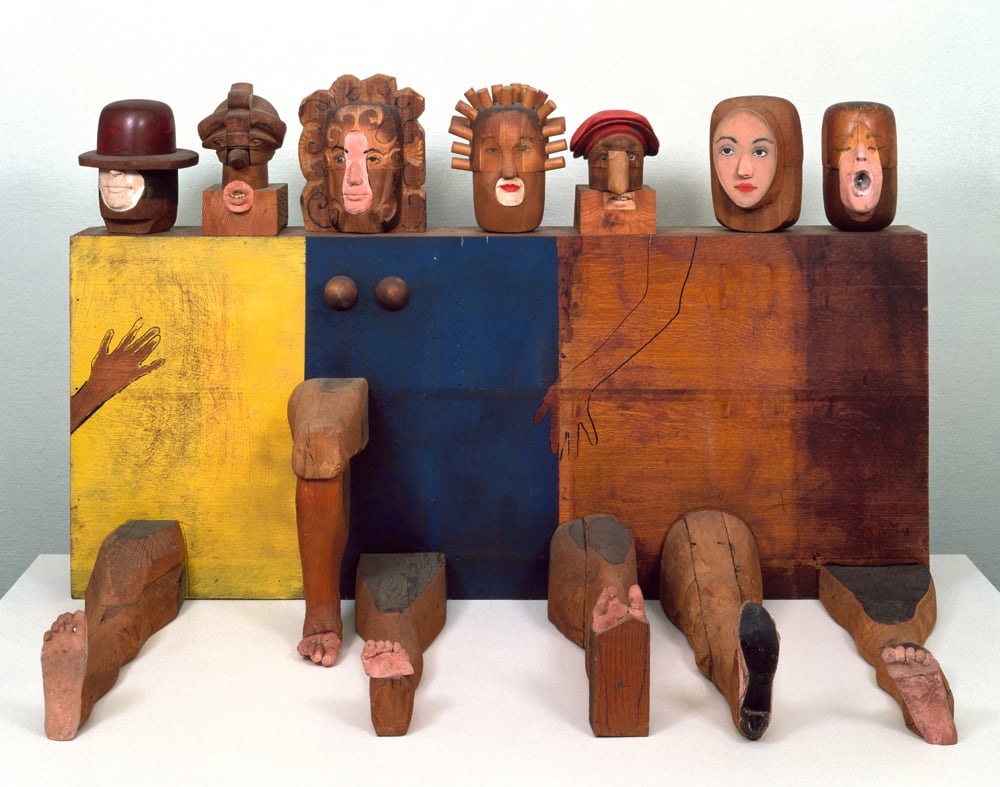
Singular combinations at the heart of Marisol’s works
Her three-dimensional portraits combined an eclectic selection of materials, à la Picasso, in Rauschenbergesque assemblages, to which she would add autobiographical touches, often using her own image. These works earned her a special place in Pop Art, the movement with which she was subsequently associated, even if the label’s appropriateness with respect to her work would later be contested.
Leo Castelli, who had just opened his New York space, included her in a 1957 group exhibition with Jasper Johns and Robert Rauschenberg, and then gave her a solo show at the end of that same year. It was here that she showed the radical freedom of approach that would seal her success, which she described in the following terms: “I like to make combinations that seem incongruous – wood with plaster, pencil drawing on wood – but finally I put things where they belong: a hand at the end of an arm, a nose in the middle of the face, a hat on top of the head, a shoe on a foot, a foot on a leg, a breast on a woman’s torso, a mouth a little below the nose, and a nostril inside the nose.”
Though the Castelli show was a sure trampoline to success, Marisol Escobar as she was now calling herself – before she dropped her family name to become just Marisol – preferred freedom, and ran away to Rome for two years. On her return to New York, her 1962 solo show at Stable Gallery turned her into a fledgling star, leading Life to include her in its 100 “most important young men and women in the United States.” By the middle of the decade, her consecration was complete: her 1966 solo show at the Sidney Janis Gallery went down in the annals, with thousands queuing up to attend the opening.
In 1968, she represented Venezuela in the international competition at the Venice Art Biennale, and was one of just five female artists – out of 150 – invited to show at Documenta 4 in Kassel.
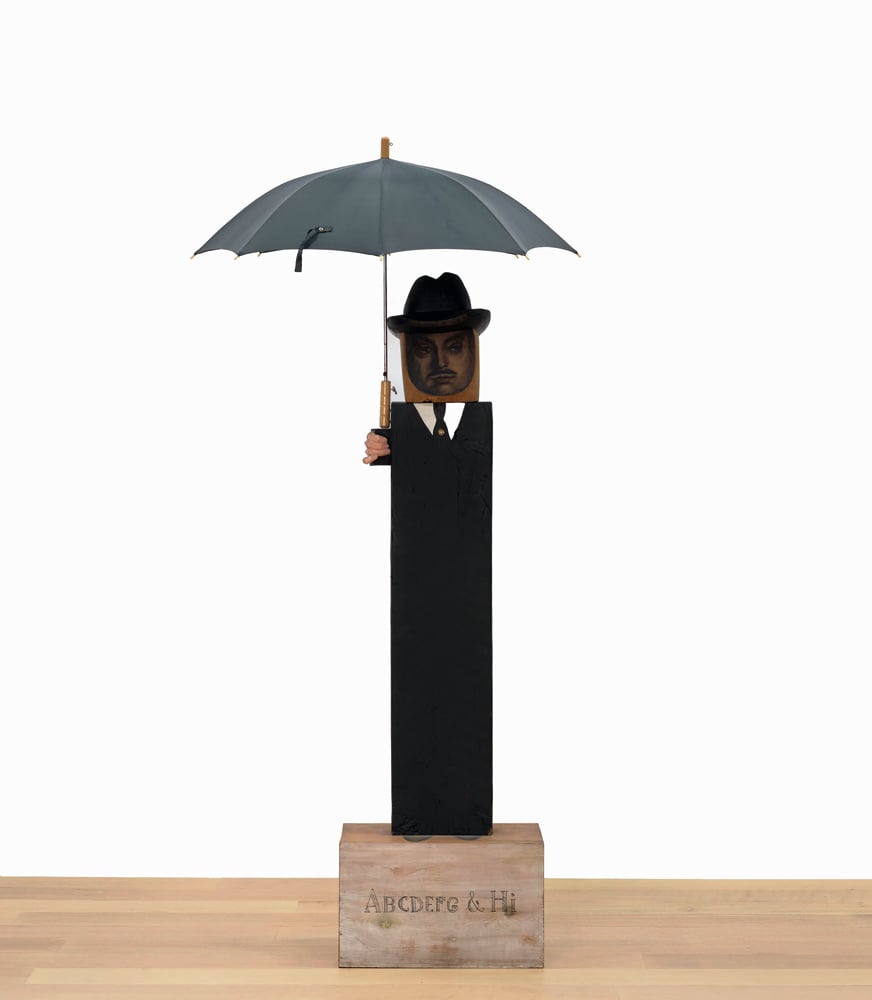
A creative spirit which frees itself from social rites
Made that same year, Marisol‘s sculpture The Party comprises 15 anthropomorphic totems, all of which are self-portraits – some use photographs, while others are in carved wood, plaster, or resin. She used her own image, she said, because she wanted to satirize social rites without pointing at anyone in particular. Although they’re supposed to be at a “party,” none of the figures communicates with any of the others, and each wears a dress that summarizes its social origins (the chicest gowns, which look like couture, are in fact cheap copies).
All of which goes to show that social rites really weren’t her thing. “I never wanted to be a part of society,” she declared. “I have always had a horror of the schematic, of conventional behaviour. All my life I have wanted to be distinct, not to be like anyone else. I feel uncomfortable with the established codes of conduct.” Once again she fled, this time setting sail on a two-year journey around the globe.
In Asia, she practised meditation, went diving, and learned underwater photography. “When I came back, I felt like doing something very pure, just for the sake of it… I wanted to do something beautiful.” But when she came back, the art scene had changed, and she found herself out of step with the times. With hindsight, one wonders if Marisol might not have been made to pay the price of being associated with a male-dominated movement – Pop Art – in which she was almost the only woman. What’s more, several critics cast doubt on her Pop credentials, in particular because of the autobiographical nature of her work and its tendency towards satire. But most of all she paid heavily for her singularity, for while she might have been contemporary with Pop, and have had certain common interests with it, that didn’t stop her from going well beyond its limits.
And Marisol’s dislike of limits and dogmas was visceral, matched only by her unrestrained passion for the controversy that results from bringing opposites together.
In 1979, Robert Mapplethorpe photographed her wearing a hoodie and an old pair of jeans, but also a hat with a veil… Her originality, which only served to marginalize her in the 1970s, has become an asset in the posthumous re-evaluation of her work. In recent years, she has featured in many exhibitions, and a retrospective – her biggest ever – was shown in 2024 at Montreal’s Musée des Beaux-Arts and New York’s Buffalo AKG Art Museum. Summing up her frame of mind towards the end of her time on Earth, she declared “Throughout my life I have learned to be patient, to whisper, not to scream, to look beyond a square, to flow with the sea, to breathe the wind, and to be proud to be an artist.”
Pop Forever, Tom Wesselmann &…, Fondation Louis Vuitton, 16 October 2024-24 February 2025, www.fondationlouisvuitton.fr
